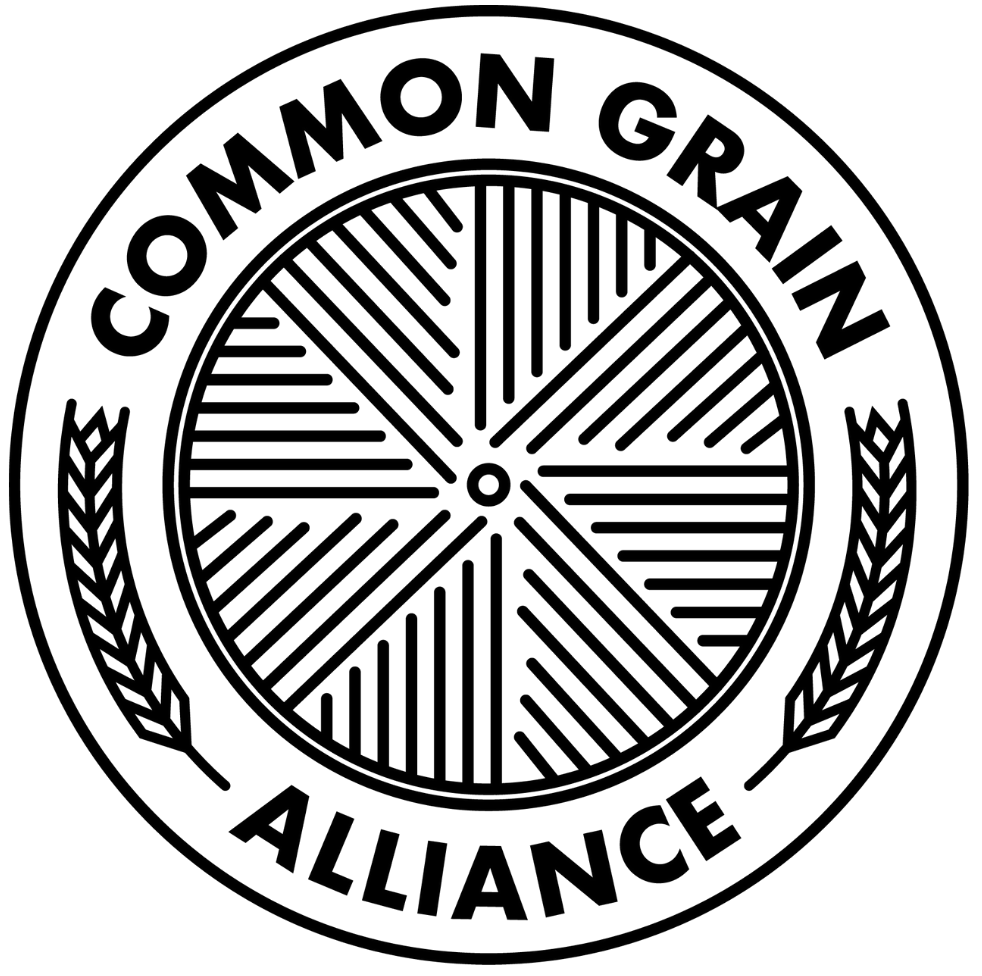Choosing the Best Grain Buyers for Your business
Last week, we introduced the direct market as an alternative to the commodity market for grain, and with this post, we’ll help sort through the decision making process to choose the best grain buying partners for your business.
To briefly recap, selling small grains on the direct market refers to selling grain directly to the consumer at farmers markets, farm stands, through community supported agriculture (CSA) programs, and otherwise. However, selling to other intermediaries, such as local, independent millers, maltsters, brewers, restaurants, and bakers as well as farm to school/institution programs and food hubs are considered important components of the direct market as well.
Considering who you will sell your grain to is an important step in developing your entire business/marketing strategy because this decision is tied to what grains you’ll choose to grow on what growing cycles, what processing and storage infrastructure you’ll invest in, and more. This should, of course, be balanced with your skills, values, and priorities as a grower along with what is feasible in the climate where you are located.
To understand the priorities of potential buyers, you can either consult market research (for the average consumer generally, or specific to your region) or ask what they’re looking for directly (for specific businesses or organizations you’d be interested in working with). Some key considerations to look for include:
The types and quantity of grains they purchase
How grains are processed and final products
Associated quality standards for food and feed grains
Grain transportation expectations
Available options for grain drying, storage, cleaning, and quality tests
Requirements for contracts
Typical seasonal flow of supply and market demand
There are also governing bodies or associations for millers, maltsters, brewers, distillers, and others that offer information about the qualities sought in grain used for those products. Good sources for market research include the USDA, your local agricultural extension, and nonprofit or academic organizations, such as local organizations that operate farmers markets or regional grain value chain organizations like CGA.
Especially in growing smaller quantities of grain where the margin between inputs and return on investment is smaller, seeking diverse market opportunities can help hedge against any of the variety of factors that could go sideways between planting and completing sales. Finding buyers for your grain can be considered similar to a job search process, and developing a strong network of contacts can help you find the best opportunities for your business and work better in situations that require flexibility as they arise.
This material is based upon work that is supported by the National Institute of Food and Agriculture, U.S. Department of Agriculture, under award number 2019-38640-29878 through the Southern Sustainable Agriculture Research and Education program under subaward number LS20-327. USDA is an equal opportunity employer and service provider. Any opinions, findings, conclusions, or recommendations expressed in this publication are those of the author(s) and do not necessarily reflect the view of the U.S. Department of Agriculture.



